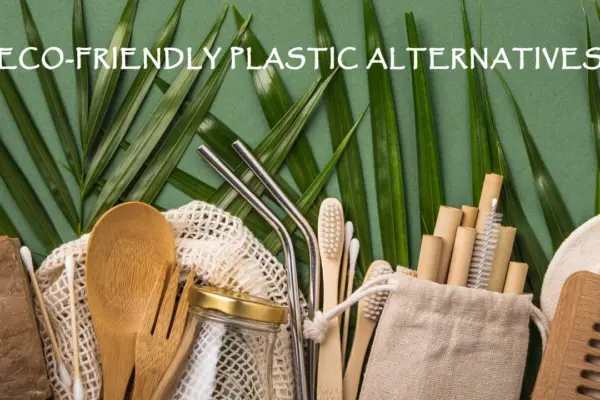So-Called “Clean Air” on Mountains Contains Microplastic, Finds a Study
Microplastics found airborne even in the dizzying heights of the French Pyrenees
Just like the Almighty, microplastics are present everywhere including earth’s troposphere where the gush of winds allow these particles to travel long distances, revealed a study. Even the so-called clean mountain air contains microplastics. Quite similar to the law of conservation of energy, microplastics can neither be created nor destroyed; rather, they can be transformed or transferred from one form to another.
As the name suggests the term microplastics is referred to tiny fragments of plastics. These tiny particles come from different sources including packaging, clothing and vehicles. The French national research institute CNRS testified the air 2,877 meters above sea level at the Pic du Midi Observatory in the French Pyrenees. Scientists tested 10,000 cubic meters of air and found microplastics contained in each sample.

Image: Vallee de Gavarnie
Variant weather data were used to calculate the trajectories of different air masses preceding each sample and discovered sources as far away as North Africa and North America.
Steve Allen of Dalhousie University in Canada, the study’s main author said;
Once it hits the troposphere, it’s like a superfast highway, the research also points to microplastic sources in the Mediterranean Sea and the Atlantic Ocean. Plastic leaving the ocean into the air that high – it shows there is no eventual sink for this plastic. It’s just moving around and around in an indefinite cycle.
The amount of microplastic found in the samples would not cause any health risks but the tiny particles can be easily inhaled. If ingested, they can lead to various health hazards. These fragments eventually end up in our waterways, polluting the water. The study addressed the future threats from microplastics along with the already existing environmental perils.
There is no such permanent solution to the existing problem but we still can do a lot on our part to avoid direct contact with microplastics in our everyday lives.
Via: The Guardian


